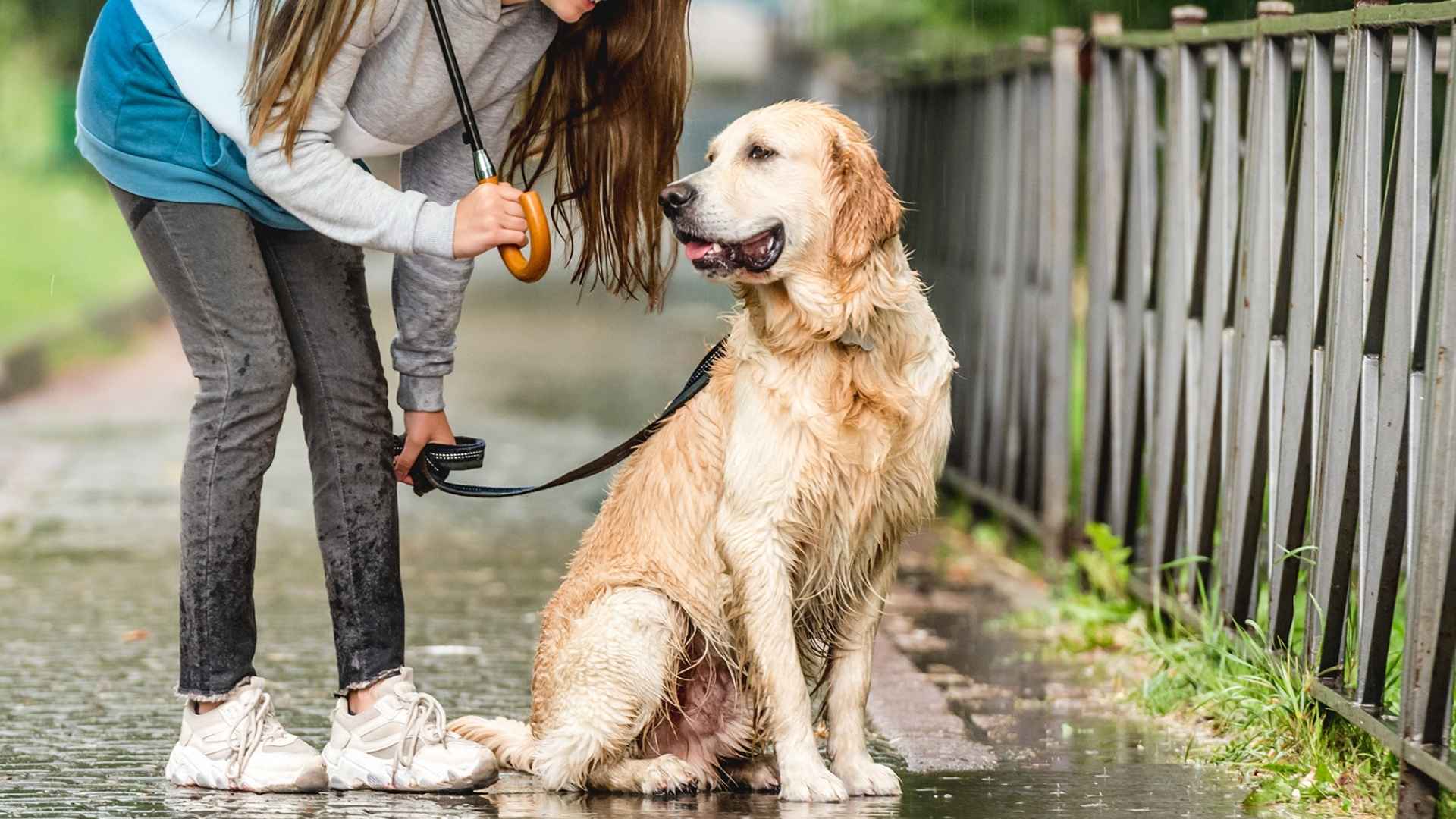The clouds gather, the sky turns gray, and rain begins to fall. You look at your dog, and they freezes. Ears down, tail tucked, not a chance they’re stepping outside.
For some breeds, wet weather is a dealbreaker. But for others, it’s just another reason to play. Whether it’s a drizzle or a downpour, some dogs are made for the rain. They leap into puddles, ignore the muddy mess, and treat a stormy walk like an adventure.
If you live where it rains often, you’ll want a companion that can handle it without hesitation. These dogs aren’t afraid of soggy paws or wet fur. In fact, some of them even prefer it.
In this article, we’ll explore the breeds that won’t slow down just because the weather does—and why they’re perfect for life in the wettest parts of the world.
Dog Breeds for Wet Weather
1. Golden Retriever
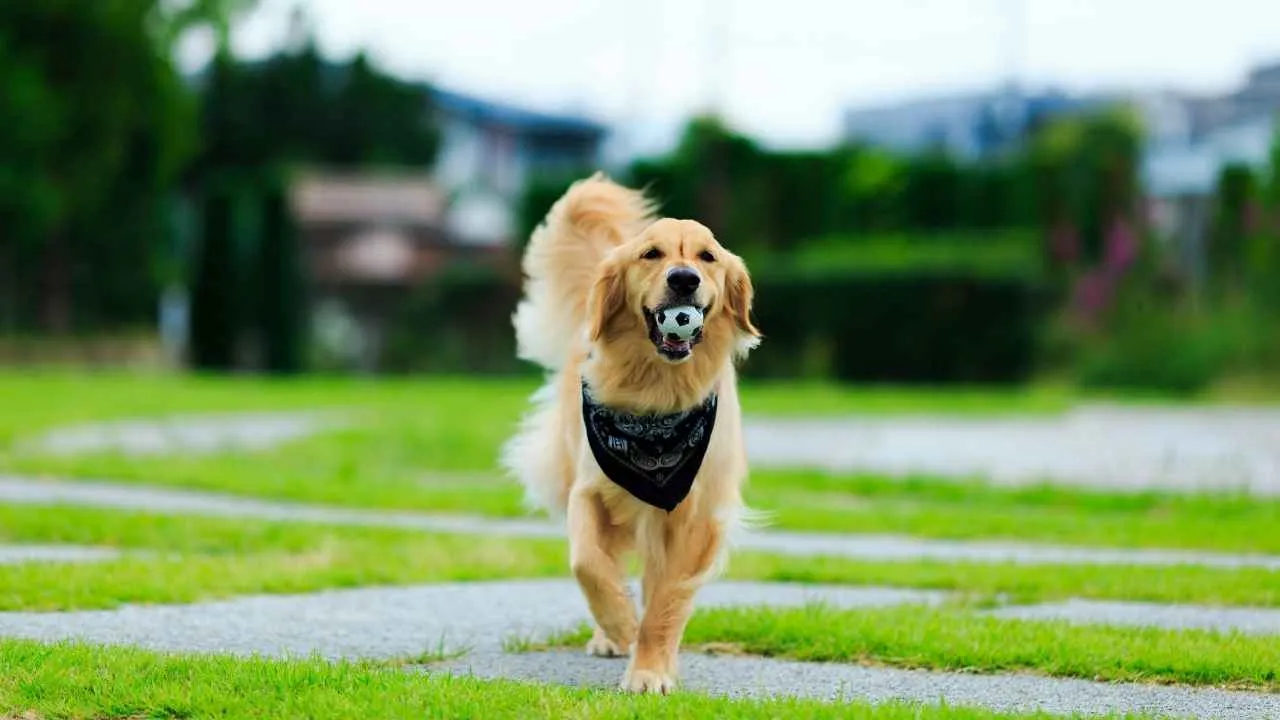
Golden Retrievers have a water-repellent double coat that naturally insulates against the chill. It allows water to roll off without soaking into the underlayer. This keeps their body temperature stable even during steady downpours.
Movement Through Muddy Terrain
Their webbed feet offer a better grip on slick, muddy paths. Whether it’s trails or grassy paddocks, their footing remains sure and controlled. That stability makes outdoor walks less of a hassle during rain.
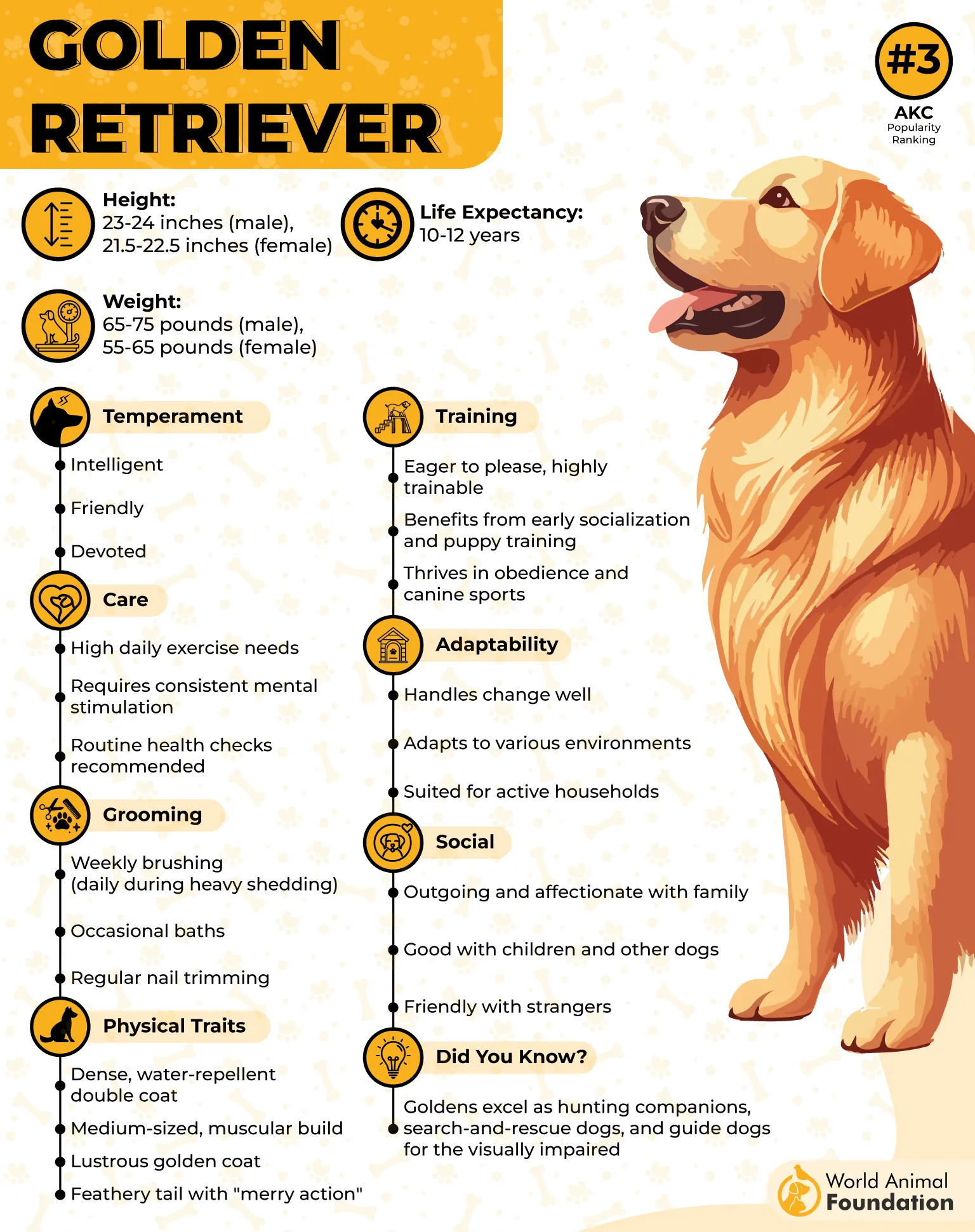
Background in Water Work
They were originally bred to retrieve game from lakes and marshes, which shaped their comfort in damp conditions. Even today, they retain a natural ease in wet surroundings. That inherited confidence means they don’t hesitate or slow down when the ground gets soft.
Sociable Even When Soaked
Rain doesn’t dampen their desire for companionship or activity. This dependable furry friend stays cheerful outdoors, even with dripping ears and soggy paws. Their temperament blends energy with resilience, making them one of the most weather-tolerant family dogs.
2. French Bulldog
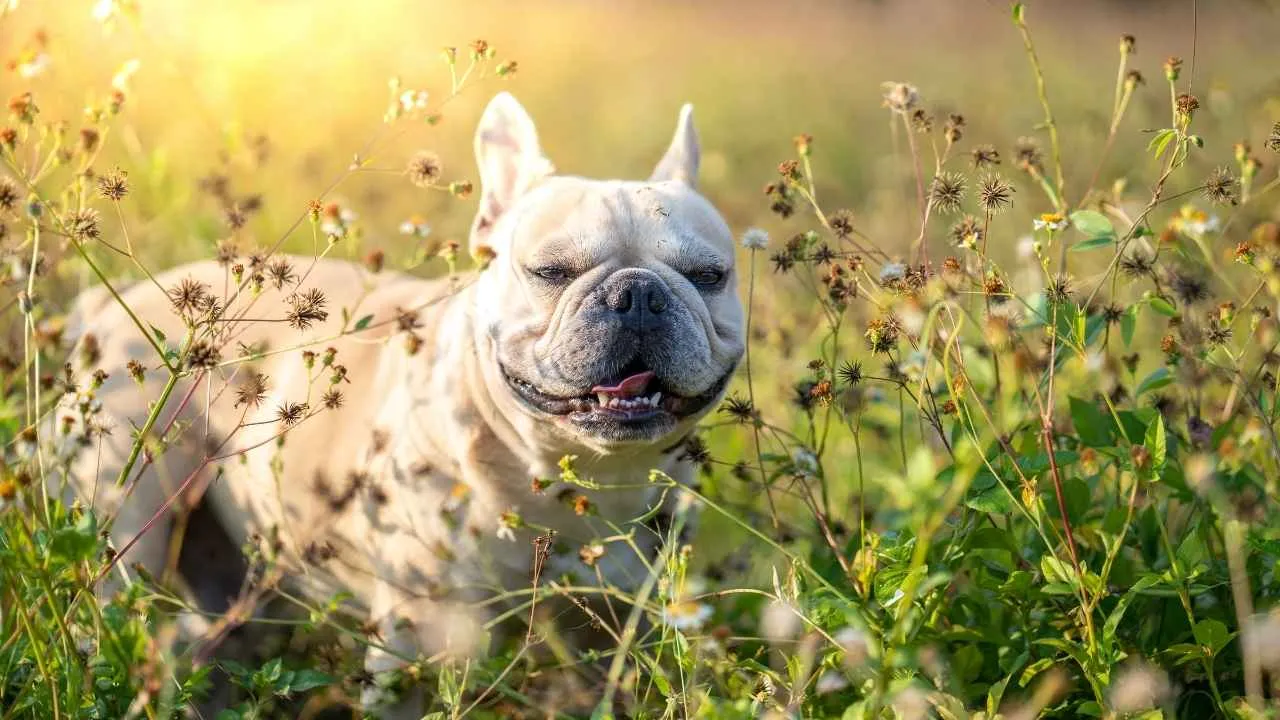
French Bulldogs have a compact, muscular build that allows them to manage quick bursts of outdoor activity. Their short coat doesn’t soak up water easily, making cleanup after rainy walks more manageable. They’re functional in drizzle without requiring post-walk drying routines.
Weather Sensitivity Awareness
While they tolerate damp weather, longer exposure can be taxing due to their brachycephalic structure. Their limited nasal passage makes it harder to regulate breath when humidity rises. That’s why they’re best suited for shorter outings, especially outside hot climates.
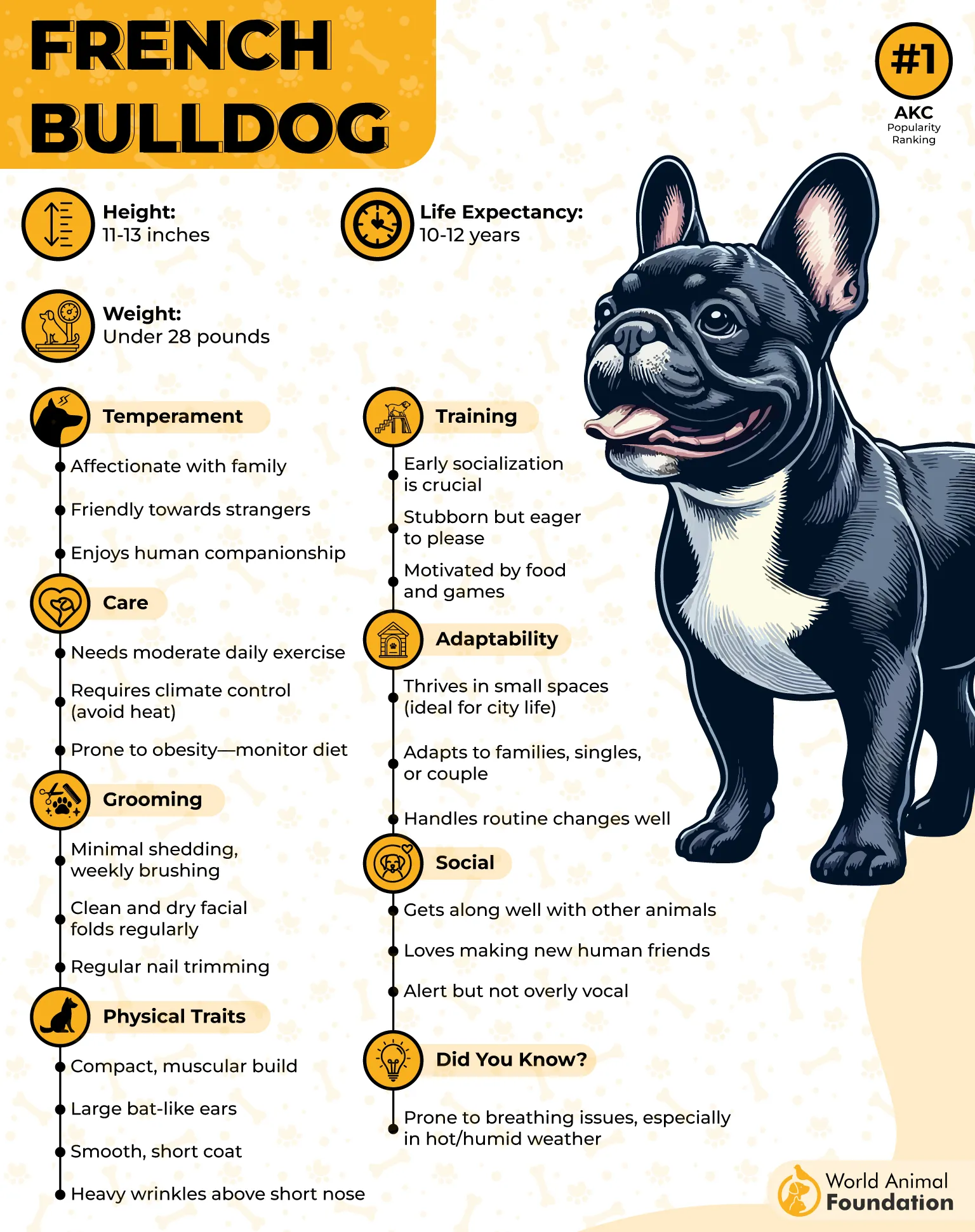
Ear Shape and Moisture Management
Their floppy ears create enclosed spaces where moisture can linger. Routine ear checks become more important during wet seasons to prevent bacterial buildup. Keeping the ears dry after walks helps avoid infections common in humid environments.
Adaptability for Rainy Homes
French Bulldogs enjoy staying near humans, which works well in indoor-heavy seasons. Their temperament aligns with those who avoid long outings during weather shifts. For families in rainy regions, they’re a perfect match when low-energy needs meet limited outdoor time.
3. Cocker Spaniel
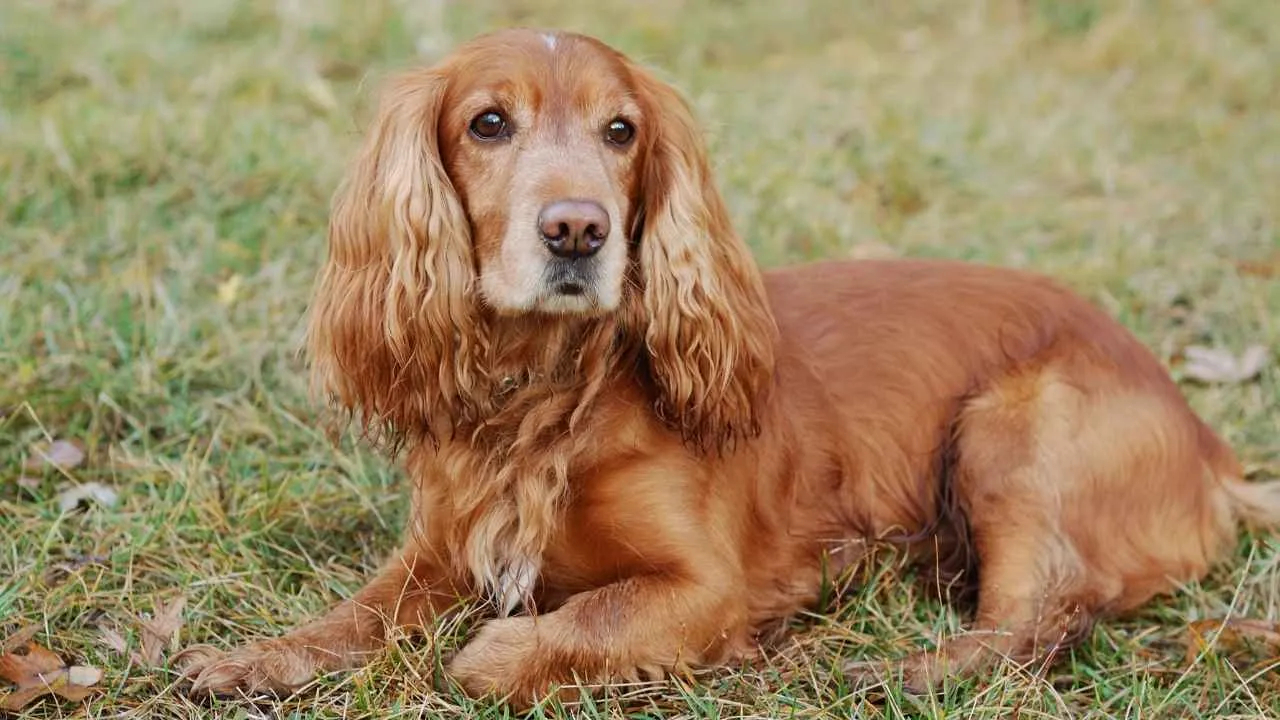
Cocker Spaniels have a silky coat that offers moderate resistance to water absorption. Their feathered legs and chest can hold moisture, but their body dries relatively fast. This helps them stay cool and comfortable during rainy play sessions.
Energy Built for Damp Walks
They’re happiest when moving, and light rain rarely changes that. These dogs maintain their pace even on soggy trails, driven by scent and curiosity. Their compact frame lets them navigate dense, wet brush with ease.
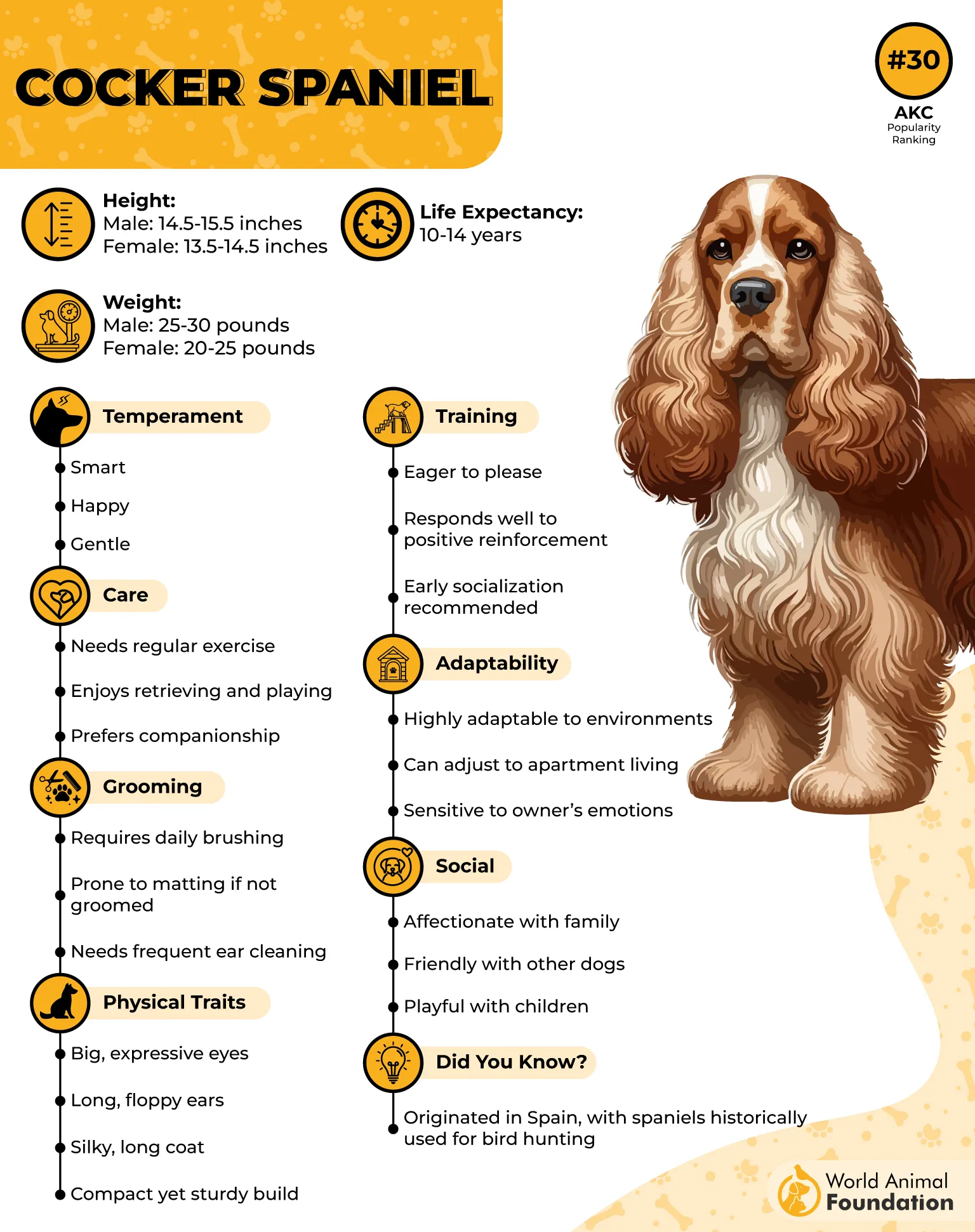
Adaptable Rain-Time Enrichment
Keeping them engaged during wet spells requires variety in mental stimulation. Hidden treats under leaves or indoor scent games can help satisfy their busy minds. Without it, they may start inventing their own activities, often messy ones.
Historical Link to Wet Hunting Grounds
They were originally bred to work through soggy woodlands and thickets, especially for flushing out game birds like the woodcock, as per the AKC. That legacy shaped their ability to stay agile and focused in muddy, uneven terrain. Their natural drive remains steady, no matter how damp the environment gets.
4. Cavalier King Charles Spaniel
Though silky, the Spaniel’s coat is surprisingly effective in handling light rain without matting quickly. It doesn’t trap moisture as heavily as thicker double coats. This gives them better post-walk comfort even after misty strolls.
Small but Confident Striders
Their gait remains confident on slick, wet surfaces like tiled porches or grassy backyards. With a low center of gravity and compact frame, slipping is rarely an issue. This makes short rainy-day walks smoother and less messy.
Originally Companions in Wet Climates
They were popular among British royals who often traveled through damp estates and coastal towns. Their comfort in mild, wet conditions has historical roots. This legacy still shows in how easily they adjust to drizzle and fog.
Happy to Join Any Weather Routine
They rarely resist outdoor time, especially when accompanying their humans on errands or light walks. Their eagerness to be included turns a soggy stroll into shared adventure time. Rain rarely dampens their enthusiasm when they’re with their favorite person.
5. Labrador Retriever
Labradors have a short, dense double coat that naturally resists moisture and insulates well. Water doesn’t cling to the outer layer, allowing it to dry faster than longer-haired breeds. This makes them exceptionally suited for extended time in wet conditions.
Steady Footwork in Slippery Areas
Their strong, wide paws help distribute weight better on wet or muddy ground. Whether pacing around fields or lakeshores, their footing remains balanced. That physical trait reduces slipping risks in unpredictable weather terrain.
Long History of Water Work
They were first used by fishermen in Newfoundland to help retrieve nets from the sea. That history shaped both their stamina and ease in water-heavy environments. Today’s Labradors still carry that physical resilience in wet weather.
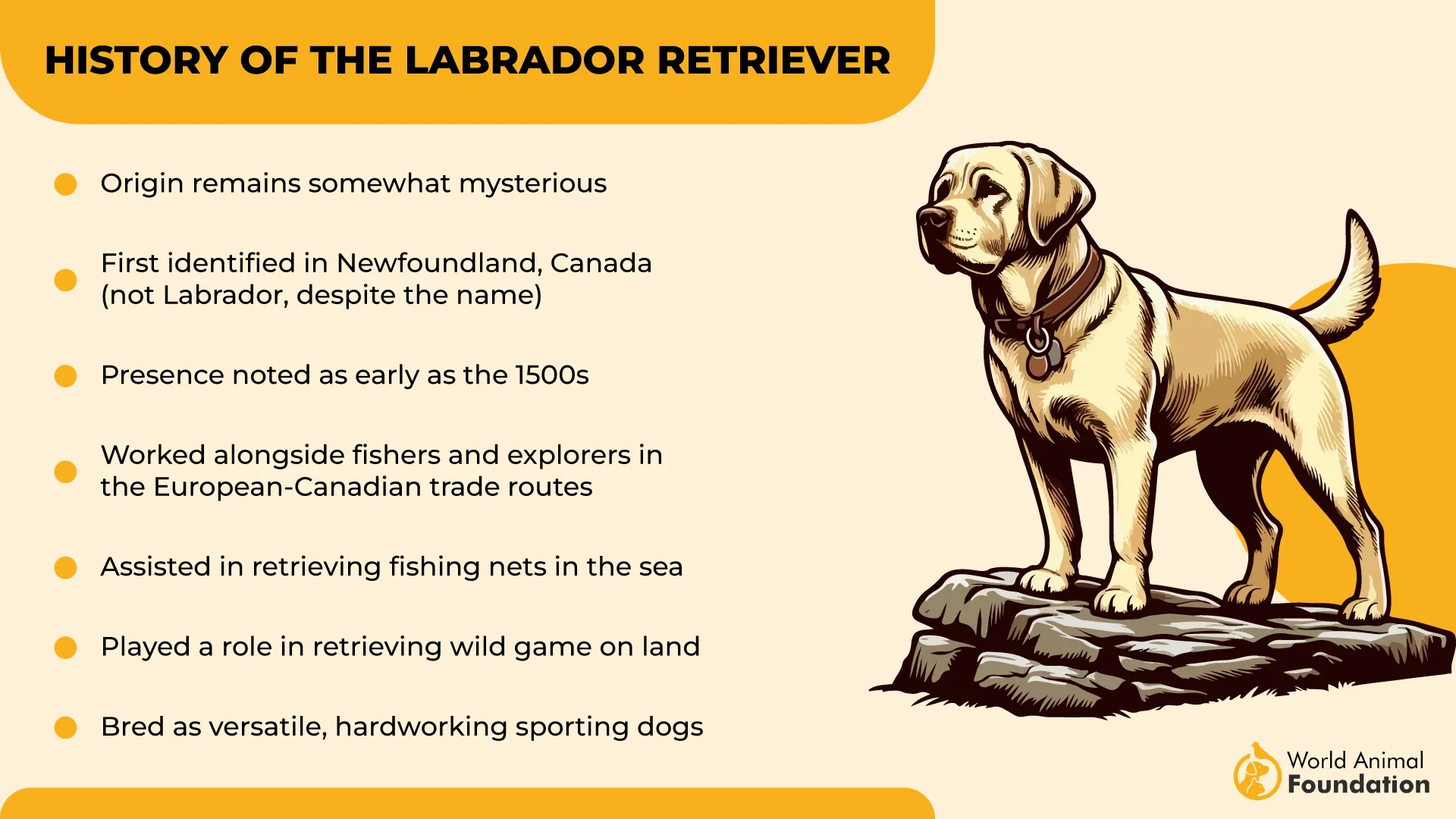
A Tail That Works Like a Rudder
One of their distinct features is the “otter tail,” thick at the base and strong in movement, as per the Kennel Club. It helps stabilize their direction while swimming in current-heavy or flooded areas. That natural ability also helps them navigate flooded yards or large puddles with ease.
6. Shih Tzu
Though long and luxurious, the Shih Tzu’s coat is prone to matting in constant dampness. Wet hair near the paws and belly can trap mud if not trimmed properly. Owners in rainy climates often opt for regular grooming to maintain hygiene.
Close-to-Ground Design
Their low-slung frame means their undercarriage comes in contact with wet ground quickly. This increases exposure to puddles and moisture-retaining grass. As a result, they benefit from raincoats or light protection during outdoor walks.
Surprisingly Comfortable Indoors
Shih Tzus were bred as companion dogs for palace life, where they thrived in indoor comfort. They don’t rely on high outdoor activity to stay content. That makes them a naturally adaptable choice for homes in frequently wet regions.
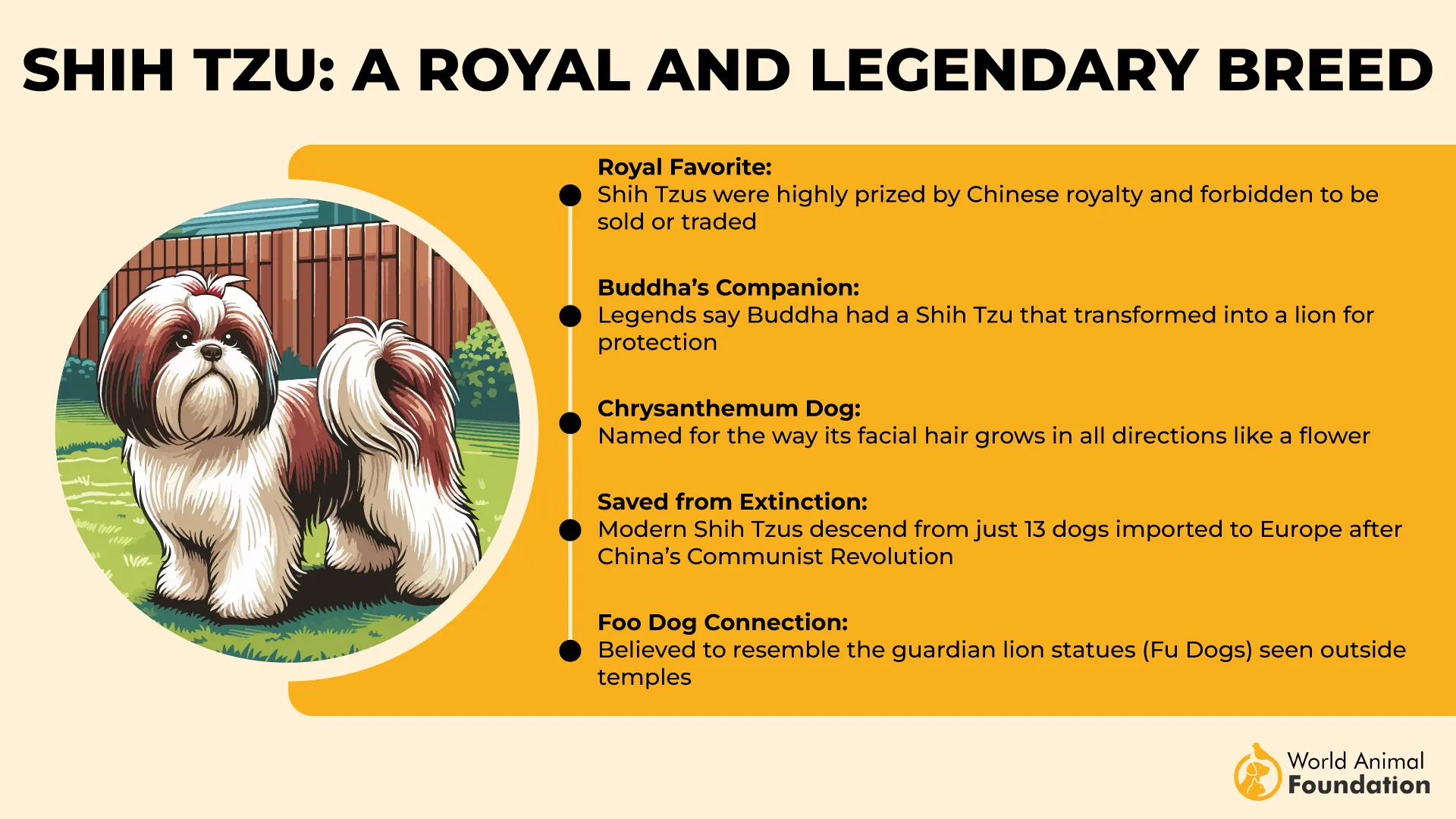
Ancient Breed with Regal Origins
This breed was prized by Chinese royalty as early as the Tang dynasty, often living indoors in luxurious quarters. Historical records even note that palace staff were assigned just for their grooming. That royal background shaped their preference for drier, pampered environments.
7. Pug
Pugs have a brachycephalic skull, which can make breathing harder in humid conditions. This becomes more noticeable when the air is dense after heavy rainfall. They benefit from shorter outdoor time in wet, muggy weather to avoid respiratory discomfort.
Body Proportions and Puddle Navigation
With their low stature and compact build, Pugs are closer to surface splash zones. Water can pool near their underbelly and legs, making damp terrain less comfortable. Raised walkways or dry routes help reduce irritation or post-walk chills.
Coat Maintenance in Moist Conditions
Their short coat doesn’t repel water as effectively as double-coated breeds. While it dries quickly, skin folds—especially around the face—need regular attention. Moisture left trapped can lead to skin irritation or yeast buildup over time.
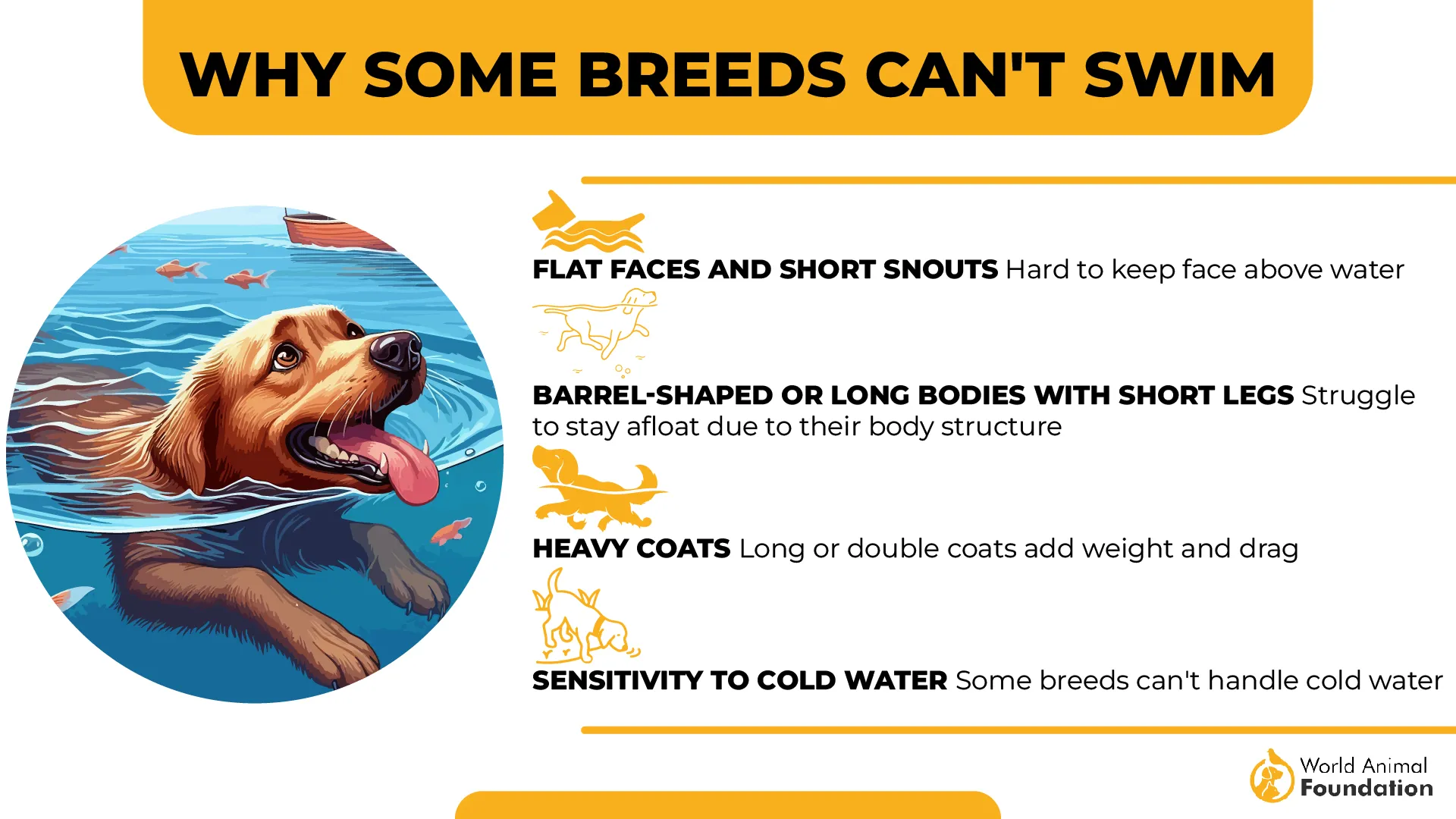
Quirk You Might Not Know
Pugs have been part of Chinese royal households for centuries, often kept as indoor companions. Historical texts describe them as being pampered and carried in sleeves or satchels during travel. That cultural background reflects their preference for warmth and indoor comfort.
8. Dachshund
Due to their short legs and long torsos, Dachshunds come into close contact with wet surfaces. Their bellies can easily brush against grass, puddles, or slick soil. That contact demands more drying attention compared to taller breeds.
Coat Variety and Weather Suitability
Smooth-coated Dachshunds are less insulated, making them less tolerant of cold, wet climates. Wirehaired types handle wet weather slightly better due to their denser texture. Long-haired Dachshunds need extra grooming when moisture sticks to their feathered fur.
Behavior in Damp Conditions
They’re generally cautious in wet areas and may hesitate at the edge of puddles. While curious and bold, many Dachshunds will seek dry ground when possible. Their behavior outdoors changes noticeably depending on terrain and temperature.
Historic Use in Rain-Resistant Terrain
Bred in Germany to pursue badgers underground, they often worked in damp, narrow burrows. That past shaped their tolerance for confined, moist spaces. However, this doesn’t always translate to enjoyment of rain-soaked open areas today.
9. Yorkshire Terrier
Despite their small size, Yorkshire Terriers carry a terrier’s trademark tenacity in the rain. Their movement stays sharp, and they often show no hesitation stepping onto wet stone or damp lawns. They’re quick-footed and alert, even in misty, low-visibility weather.
Coat Challenges With Moisture
Their fine, human-like hair doesn’t wick water as efficiently as double-coated breeds. If left wet too long, it tangles easily and can pick up dirt more rapidly. Routine drying and brushing are essential after walks to keep the coat healthy.
Big City Rain Experience
This breed historically adapted to wet, soot-filled industrial environments in northern England. They were commonly seen darting through narrow alleys and damp factory floors, chasing rats and keeping spaces clean. That history forged a surprising comfort with soggy, grey surroundings.
A Size That Needs Rain Protection
Their small frame makes them more vulnerable to puddle splashes and cold drafts from below. Without proper outerwear, exposure can lead to chills or minor joint stiffness. Owners in rainy climates often rely on light raincoats tailored specifically for toy breeds.
Conclusion
A little rain doesn’t have to mean a missed walk or a muddy mess. The right dog can make wet days feel like just another outing. Many medium-sized dogs and traditional water dogs come with built-in features like water-resistant coats or double-layered coats that help in cold weather.
Others adjust easily and can handle warmer weather just as well. Whether you live in a place where there’s constant drizzle or only occasional storms, you’ll find a breed that fits. Some thrive in cool water, while others are calm during water rescues or wet hikes.
They aren’t fazed by puddles, fog, or mud. Even small breeds can enjoy the outdoors if cared for properly. For families with active routines, having a dog that stays happy in the rain can make all the difference. With the right companion, gloomy skies won’t keep you or your pup indoors.


